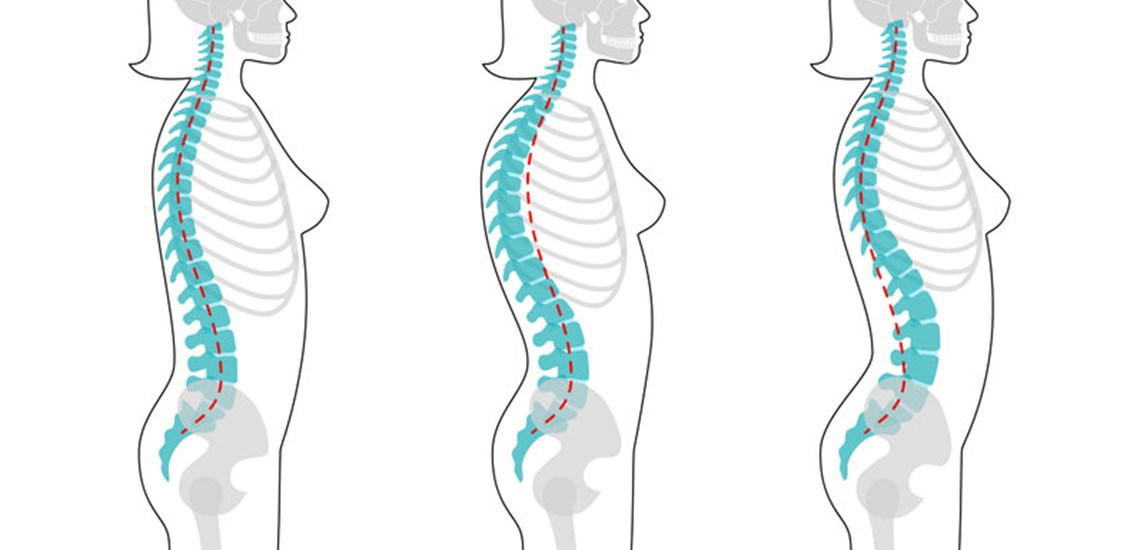The Difference Between Kyphosis and Lordosis

The spine is a bone structure that runs from the base of the neck to the lower back. It's a crucial part of the body responsible for supporting the head and protecting the spinal cord. The average spine makes a slight "C" shape. However, some people develop abnormal curves to their spine, leading to pain, stiffness, and other challenges. Two common abnormal spine curvatures are kyphosis and lordosis.
What is Kyphosis and Lordosis
Both kyphosis and lordosis are spinal conditions where the spine is curved unnaturally. Kyphosis is when the spine has an exaggerated curve outward—abnormal vertebrae in the upper back cause it. Fractures, osteoporosis, disk degeneration, cancer, congenital disabilities, or other health conditions can all cause abnormalities in the vertebrae. Kyphosis is most common in older women, but it can occur at any age. If left untreated, kyphosis can cause back pain, breathing problems, limited movement, and digestive issues.
Lordosis is when the spine dramatically curves inward, usually in the lower back. Lordosis can develop at any age, but it is most common during adolescence. People with lordosis may appear to have an exaggerated posture with their stomachs pushed out front and butts further back than average. In rare cases, lordosis may also develop in the spine toward the neck. Symptoms of lordosis may include pain, numbness, tingling, or weakness in the legs.
In some cases, it may cause challenges in controlling the bladder. Some risk factors for lordosis include obesity, trauma around the spine, neuromuscular conditions, or spondylolisthesis. In older adults, lordosis may also develop due to osteoporosis.
Diagnosing and Treating Kyphosis and Lordosis
If a doctor suspects kyphosis or lordosis, they tend to start with a physical exam to assess the spine's curve. Your doctor may also perform a neurological exam to evaluate your muscle strength and reflexes. If your doctor believes you have kyphosis or lordosis, they may suggest additional testing, such as x-rays, CT scans, MRIs, or a bone density test to evaluate the symptoms and progression of the condition.
All kyphosis and lordosis cases require different treatments depending on the severity of symptoms. In mild cases, a doctor may suggest pain relievers relieve minor discomfort in the case of mild kyphosis, who may also get prescribed a bone-strengthening medication prevent additional spinal fractures.
Physical therapy can also help relieve some symptoms of kyphosis and lordosis, and physical therapy may include light exercises and stretching to improve spinal flexibility. If you're living with lordosis, your doctor may also suggest weight loss to help improve your posture. In serve cases of kyphosis or lordosis, you may need surgery. A spinal fusion is one of the most common surgeries performed to correct the curvature in lordosis and kyphosis cases.
Working with Mocek Spine Clinic
If you live with kyphosis, lordosis, or general back discomfort, the team at Mocek Spine Clinic can help. We offer advanced spine care solutions through patient-centered care, and our purpose is to provide compassionate care designed to allow you to live your life in the least amount of pain possible. Through our minimally invasive spinal treatments, you're expected to heal more quickly so you can go back to living your life.
To learn more, you can make an appointment at our clinic or give us a call at 501.224.4001.